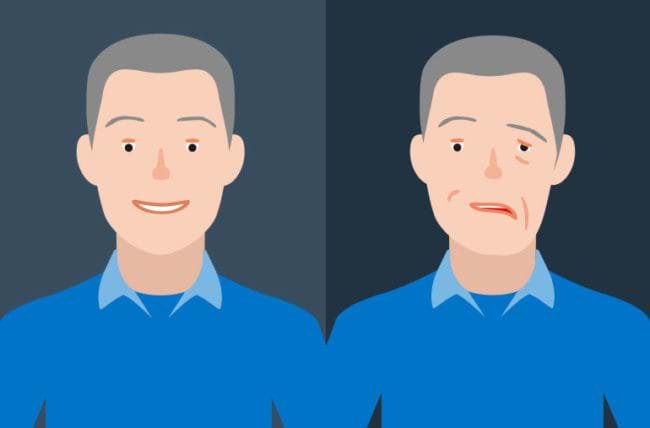Facial Palsy Treatment
Facial nerve rehabilitation is one of my key areas of interest. Facial neuromuscular rehabilitation helps people recovering from Bell’s palsy, Ramsay Hunt syndrome, nerve surgery, and other causes of facial paralysis or synkinesis.
Facial therapy is very different than regular physiotherapy. There is very little of facial palsy that is covered in entry level physiotherapy training, so it is necessary to take additional training in this area, which I have done. Facial muscles behave and are structurally very different than the skeletal muscles in the rest of the body, so our approach to retraining them is very different. Therapy involves the patient being experts in their own face and it is a very active based therapy. The impact that you can have on someone’s life has really made me excited about this field.
There are several different causes of facial palsy. There is a facial nerve on either side of the face. It is this nerve that supplies the movement of your facial muscles. If the facial nerve is damaged from an infection, trauma, swelling, or pressure on the nerve, there can be an asymmetry in the muscles that move the face along with other issues. The facial nerve also has other functions such as production of salivation, production of tears, and taste on part of the tongue. There are different stages of recovery from a facial palsy, so doing the right treatment at the right time is imperative. Certain exercises are contraindicated at different recovery stages and can result in a worse recovery, so you must be doing an individualized program.
During the 1.5 hour assessment we will go over your priorities and go through a lot of education. The majority of the therapy is done daily on the patient’s own time, so we need to go through detailed education to make sure things are clear for your program. We will do tests and outcome measures to be able to track your progress over time. We will go over education on why you are experiencing your symptoms and what to expect through your recovery.
Fortunately in the case of Bell’s palsy, the recovery rate without intervention is very high e.g. 70-85%. However, even if you have a full spontaneous recovery, it can still be valuable to have one session with a facial therapist to help alleviate the distress with this condition and provide education on what the next steps of recovery look like. If there isn’t a full recovery, then we have a good starting point for therapy going forwards.
Common problems with facial palsy:
Facial paralysis (weakness of face muscles)
Eye problems (dry eye, watery eye, eye doesn’t fully close)
Balance/vestibular symptoms
Endurance/fatigue/depression
Dry mouth and altered taste
Increased sensitivity to noise (Hyperacusis)
Helpful Links
